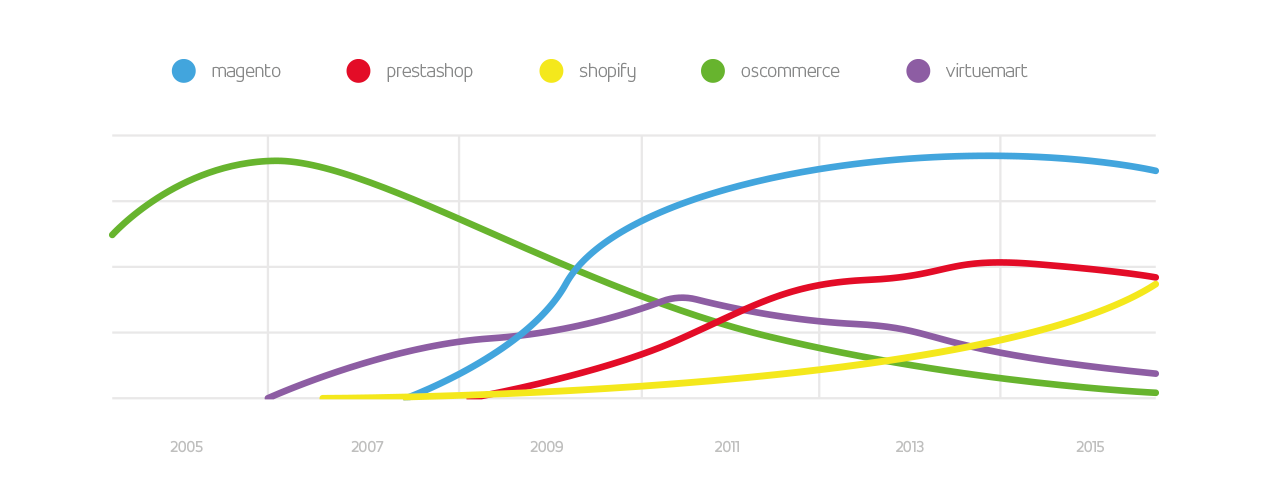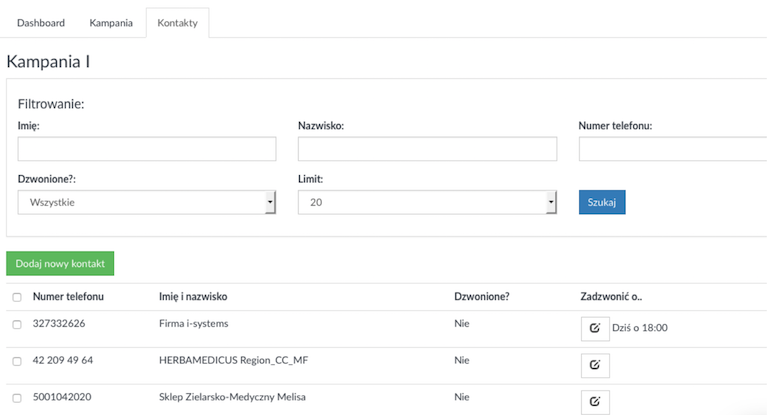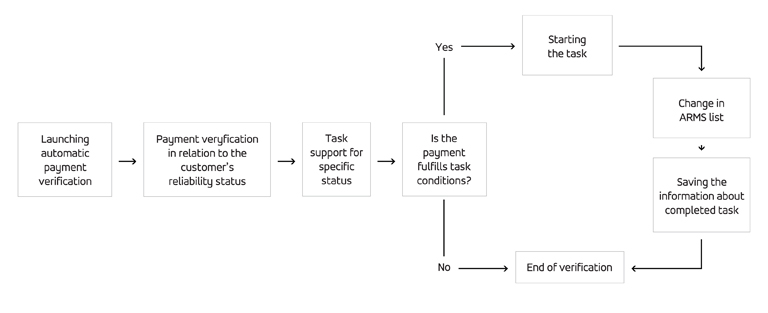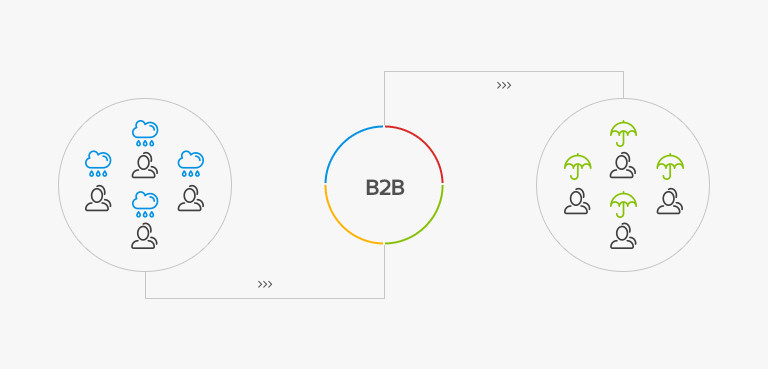eCommerce market is a rapidly growing area. For companies which understand the potential of online sales it has become an important source of income. Fitting the needs of modern, more and more mobile customer, who wants to buy online efficiently and comfortably, is a basic feature of an efficiently functioning online store.
Choosing the right software for your business, either dedicated or open source, is a foundation while creating an online store. While following the internet portals, it is hard to resist the feeling that there is a bit of disinformation concerning advantages and disadvantages of an open source software.
Undoubtedly, it has a huge contribution to the popularization and development of eCommerce. However, being aware of the benefits and drawbacks of this kind of software, one can adjust the online sales system to the specifics of business, and most of all – demands of current and future customers.
Open source software in Poland and over the world
Among 10,000 biggest online stores worldwide, the most popular open source engine is Magento. According to Built With, Magento engine drives over 14% of all online stores, and next 8% are driven by Magento Enterprise engine.

Created by i-systems on the basis of: Global eCommerce Technology Distribution http://trends.builtwith.com/shop. The shopping cart technologies used by online stores globally. Last updated Jan 20th 2016.
Taking Poland into the consideration, Magento considerably losses in the market in favor of other solutions. This software supports only 4% of the Polish online stores. The leader at this level is PrestaShop, which is selected by 25% of the market. A common software is also WooCommerce, which occupies 19% of the market.

Created by i-systems, on the basis of: Top in Ecommerce usage in Poland. Week beginning Jan 25th 2016.
Open source – the cost of implementation and development
The word ”open” doesn’t mean that the software is free of charge – it determines the open source code. Therefore, persons with appropriate development skills and the time can freely modify the store’s engine for their own needs. It is possible to create online store on this basis, however one should not expect that it would be totally for free. If you don’t have programming skills or time, or if you rather focus on actions to increase sales – you have to pay for such services.
Due to high demand, prices of the Magento specialists are one of the highest among the eCommerce programmers. The open source license such as basic Magento Community is free. However, if you want to have technical support and marketing modules, you have to buy Magento Enterprise with an annual license fee in the amount of more than 22,000 $.
Safety when choosing open source software
The open code is a solution that has its strengths and weaknesses. On the one hand it can mean better detection of errors and fixing them faster, and on the other hand increased risk of attack. Checking code by a large community is also fuzzy responsibility for errors. The example can be OpenSSL and gap “hearbleed”. For more than two years the gap was in browsers and web servers. No one noticed it, thinking that this was already checked.
Problems with updates and compatibility with following versions of open source
Open source is rarely compatible with the following versions. The problems associated with updates are often the subject on the forums. When there is a new version of Magento and online stores try to migrate, it is very often that integrations and dedicated extensions of the store stop working properly. Sometimes even official modules refuse to work. Then the store has to be built practically from scratch. Update complications caused that significant percentage of online stores is still working on the Magento version 1.7 engines.
Open source and the change of the company implementing online store
Open source allows to change the agency which creates eCommerce system. However, you should remember that the agency, being aware of the temporary agreement with the customer, not always fully engage in the tasks. It happens that stores generated on open source are written in a hurry, without consistent rules, attention to comments, specification and code culture. It means that the new agency in the initial phase has a huge problem, because they need to understand what the programmer had in mind. As a result, though trial and error, changes are being introduced, or some parts of the store are written from scratch. Then arises the so called “effect of technical debt”, which means biggest costs of modifications and software development in the future.
Commercialization of open source
Every software is finally replaced by the new solutions. The example can be OsCommerce software, which for a long time has been the most popular system for online stores. However currently, it is gradually displaced from the market in favor of other systems.

Popularity of open source software, created by i-systems on the basis of:
http://www.slideshare.net/AuroraCreation/szkolenia-magento-dekalog-bezpieczestwa-magento
Currently, the driving force behind Magento 2, the premiere of which was announced more than three years ago, is ebay. During the works on the project, CEO and software creator – Varien – has left the company. He admitted off the record that he had different definition of “open source” than ebay. Development direction of this software can be seen by comparing Community and Enterprise version. The commercialization of open source software is standard practice. List of free modules, the number of users and products is gradually reduced, so as to companies wishing to develop their online activities, chosen paid model.
The cost of maintaining the open source software
The highest fixed costs of maintaining online store are hosting and the time of programmers. Open source is often an overextended system. For this reason it requires several times bigger resources than dedicated system of the same size. Optimization is troublesome, and the increase in traffic means the necessity to add computing power.
Open source created by self-educated community
Open source high popularity owes to the self-educated community. It is directly affected by growing number of new agencies implementing stores basing on the open source software. Open source software will always be more popular, because it clearly shortens the way of each interactive agency to the possibility of creating online stores. However, this type of stores has a low level of security – they are often a victim of attacks and data theft. It is also the most commonly used solution for creating fictitious shops.
Open source and new solutions
Today’s sales systems have moved beyond standard collection and handling of orders a long time ago. The current eCommerce market is changing very rapidly. Open source is always a few steps behind solutions that are developed by commercial companies in closed teams. That was in case of Responsive Web Design and OmniChannel. Waiting for a moment when a module will be ready may result in loss of customers of an online store, as they will be interested in shopping according to applicable standards at this time.
Open source software, such as Magento, WooCommerce and Presta is a very good complement of eCommerce market. It responds to the needs of small and medium-sized companies that have the experience and resources to independently develop a standard store. However, when a company wants to focus efforts on increasing sales, and it prefers to pay an external company to take care of the support, hosting and technical matters, dedicated software is worth considering. The costs of implementation and further development may be much lower than in the case of open source. Implementation of dedicated solutions is especially worth considering when the store’s functionalities are beyond standard ones, and they require constant monitoring and quick response to errors.
 Polski
Polski  Deutsch
Deutsch 













